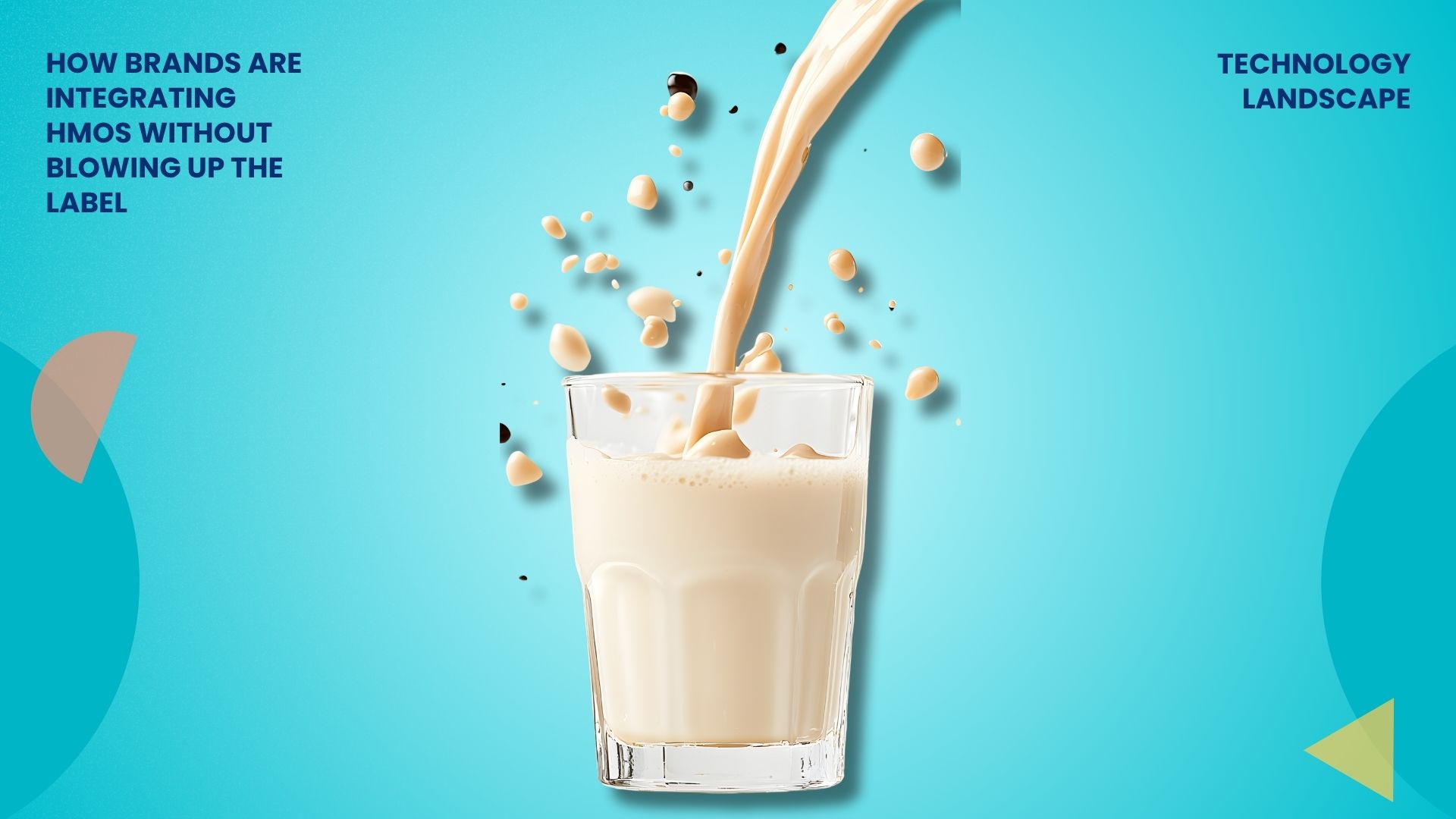How Brands Are Integrating HMOs Without Blowing Up the Label

Cracking the secret formula of human milk isn’t easy- human milk oligosaccharides (HMOs) have been costly and difficult to scale. Traditional fermentation methods remain expensive, and synthetic alternatives raise safety concerns.
With the HMO market projected to reach $1.71 billion by 2032, companies are working to refine production, cut costs, and bring formulas closer to nature’s gold standard.
At the same time, regulatory shifts are opening new doors.
In China, approvals for 2’-fucosyllactose (2’-FL) and Lacto-N-neotetraose (LNnT) have driven a surge in HMO-enriched formulas, with Nestlé already stepping in to meet growing demand.
In North America, FDA approvals for more HMOs have encouraged companies to invest in fermentation-based production—making large-scale manufacturing more feasible and lowering costs.
Aligning with this trend, Nestlé has patented an HMO composition to promote a healthier gut microbiota and reduce harmful metabolites.
This formula combines 2’-FL, difucosyllactose (DFL), and LNnT to promote beneficial gut fermentation. Nestlé’s innovation addresses metabolic imbalances and supports gut health by reducing harmful metabolites like branched short-chain fatty acids. This breakthrough lays the foundation for next-generation infant formulas focused on both digestive and metabolic well-being.
As the market grows, the challenge remains: how do we integrate HMOs into formulas while ensuring quality and accessibility?
See how leading HMO market players like Glycom, Chr. Hansen, Kyowa Hakko Europe, FrieslandCampina, and BASF are increasing production and developing new HMO formulations in HMO development here – https://www.greyb.com/blog/human-milk-oligosaccharides-market-trends/

